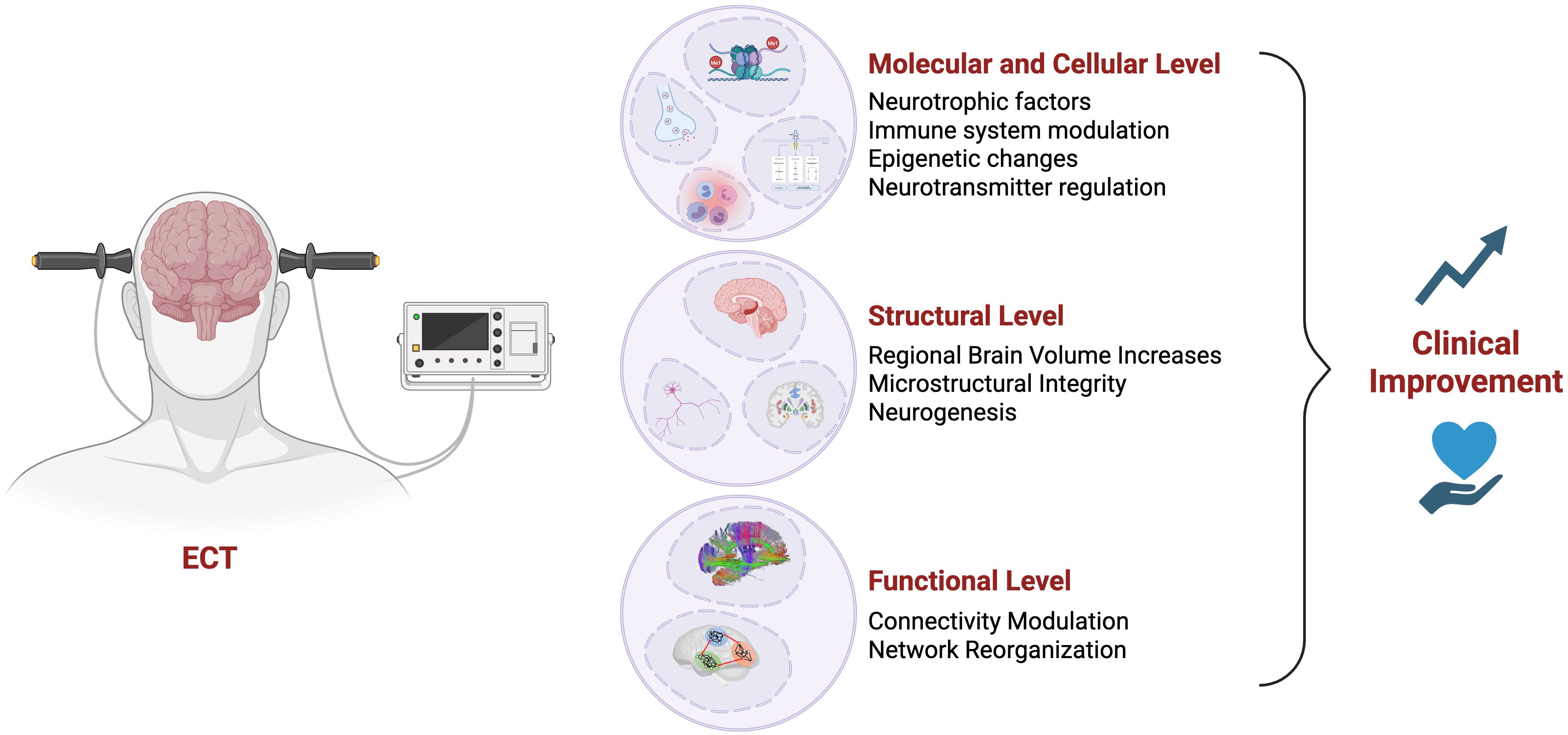- 1Center for Interventional Psychiatry, Faillace Department of Psychiatry and Behavioral Sciences at McGovern Medical School, The University of Texas Health Science Center at Houston (UTHealth), Houston, TX, United States
- 2Center of Excellence on Mood Disorders, Faillace Department of Psychiatry and Behavioral Sciences at McGovern Medical School, The University of Texas Health Science Center at Houston (UTHealth), Houston, TX, United States
- 3Translational Psychiatry Program, Faillace Department of Psychiatry and Behavioral Sciences at McGovern Medical School, The University of Texas Health Science Center at Houston (UTHealth), Houston, TX, United States
- 4Neuroscience Graduate Program, The University of Texas MD Anderson Cancer Center UTHealth Graduate School of Biomedical Sciences, Houston, TX, United States
- 5Translational Psychiatry Laboratory, Graduate Program in Health Sciences, University of Southern Santa Catarina (UNESC), Criciúma, SC, Brazil
A Correction on
New insights into the mechanisms of electroconvulsive therapy in treatment-resistant depression
By Ruiz AC, Haseeb A, Baumgartner W, Leung E, Scaini G and Quevedo J (2025). Front. Psychiatry 16:1614076. doi: 10.3389/fpsyt.2025.1614076
There was a mistake in Figure 1 as published. Panel is currently labeled “Ischemic Stroke,” but it should correctly read “Functional Level”. The corrected Figure 1 appears below.

Figure 1. Mechanisms underlying electroconvulsive therapy (ECT)-induced clinical improvement. Schematic illustration summarizing the multilevel mechanisms through which electroconvulsive therapy (ECT) may lead to clinical improvement in individuals with treatment-resistant depression. At the molecular and cellular level, ECT enhances neurotrophic factor expression, modulates immune responses, induces epigenetic modifications, and regulates neurotransmitter systems. At the structural level, ECT has been associated with regional brain volume increases, improved microstructural integrity, and adult neurogenesis, particularly in the hippocampus. Finally, ECT influences functional connectivity and brain network organization. Together, these converging effects contribute to clinical improvement in depressive symptoms.
The original version of this article has been updated.
Generative AI statement
The author(s) declare that no Generative AI was used in the creation of this manuscript.
Any alternative text (alt text) provided alongside figures in this article has been generated by Frontiers with the support of artificial intelligence and reasonable efforts have been made to ensure accuracy, including review by the authors wherever possible. If you identify any issues, please contact us.
Publisher’s note
All claims expressed in this article are solely those of the authors and do not necessarily represent those of their affiliated organizations, or those of the publisher, the editors and the reviewers. Any product that may be evaluated in this article, or claim that may be made by its manufacturer, is not guaranteed or endorsed by the publisher.
Keywords: electroconvulsive therapy, major depressive disorder, treatment-resistant depression, interventional psychiatry, neuromodulation
Citation: Ruiz AC, Haseeb A, Baumgartner W, Leung E, Scaini G and Quevedo J (2025) Correction: New insights into the mechanisms of electroconvulsive therapy in treatment-resistant depression. Front. Psychiatry 16:1700480. doi: 10.3389/fpsyt.2025.1700480
Received: 06 September 2025; Accepted: 15 September 2025;
Published: 25 September 2025.
Edited and reviewed by:
Jeroen Antonius Van Waarde, Rijnstate Hospital, NetherlandsCopyright © 2025 Ruiz, Haseeb, Baumgartner, Leung, Scaini and Quevedo. This is an open-access article distributed under the terms of the Creative Commons Attribution License (CC BY). The use, distribution or reproduction in other forums is permitted, provided the original author(s) and the copyright owner(s) are credited and that the original publication in this journal is cited, in accordance with accepted academic practice. No use, distribution or reproduction is permitted which does not comply with these terms.
*Correspondence: Joao Quevedo, Sm9hby5MLkRlUXVldmVkb0B1dGgudG1jLmVkdQ==; Giselli Scaini, R2lzZWxsaS5TY2FpbmlAdXRoLnRtYy5lZHU=
 Ana C. Ruiz
Ana C. Ruiz Abdul Haseeb
Abdul Haseeb William Baumgartner2
William Baumgartner2 Giselli Scaini
Giselli Scaini Joao Quevedo
Joao Quevedo